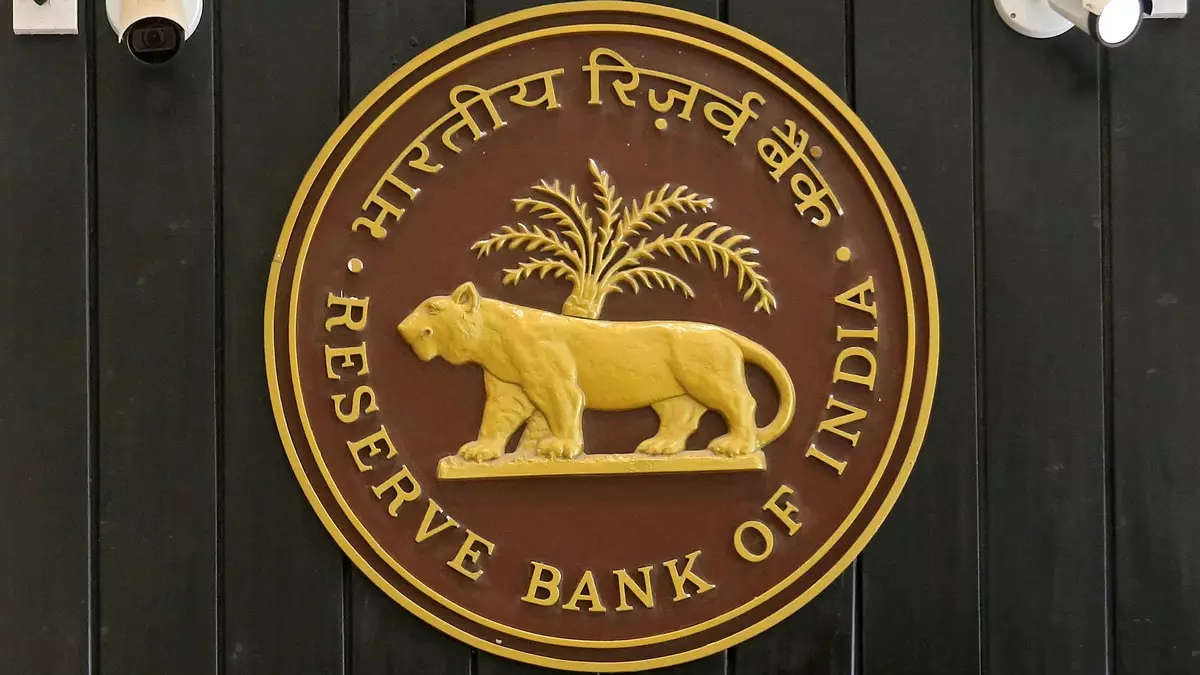India’s digital Rupee, known as the eRupee central bank digital currency (CBDC), is currently undergoing advanced trials conducted by 16 national banks. In the pilot phase, the eRupee has already attracted a substantial user base of five million, according to RBI Governor Shaktikanta Das. Das emphasized during a conference in Bengaluru that the RBI is taking a cautious approach and will not rush into implementing the CBDC across the national financial systems without thorough investigation.
One of the key features being tested for the eRupee is its programmability, which is seen as a crucial aspect by Das. The programmability of the digital currency can play a significant role in promoting financial inclusion in India. Specifically, Das highlighted how the programmability feature could provide tenant farmers with easier access to agricultural credit for inputs and raw materials. By programming the use of funds for specific purposes like purchasing agricultural inputs, banks can verify the identity of farmers without the need for land titles.
Apart from programmability, the eRupee is expected to introduce additional features in the future. These include establishing transaction anonymity and enabling offline usage of the CBDC. The RBI’s vision for the eRupee aligns with the growing trend of central bank digital currencies like China’s eCNY and Nigeria’s eNaira. These CBDCs incorporate blockchain technology to ensure permanent and unalterable records of transactions, enhancing transparency in financial systems.
While the RBI remains cautious about cryptocurrencies, it views CBDCs like the eRupee as the future of payment systems for both domestic and international transactions. Unlike cryptocurrencies, which operate independently of central authorities, CBDCs are issued and monitored by central banks. This distinction allows central banks to have greater oversight and control over the monetary supply while leveraging the benefits of blockchain technology for secure and transparent transactions.
The development of India’s eRupee represents a significant step towards modernizing the country’s payment systems and promoting financial inclusion. By leveraging innovative features like programmability and offline usability, the eRupee aims to address specific challenges faced by different segments of the population, such as tenant farmers. As central bank digital currencies gain momentum globally, the eRupee is poised to play a crucial role in shaping the future of digital payments in India.

Leave a Reply